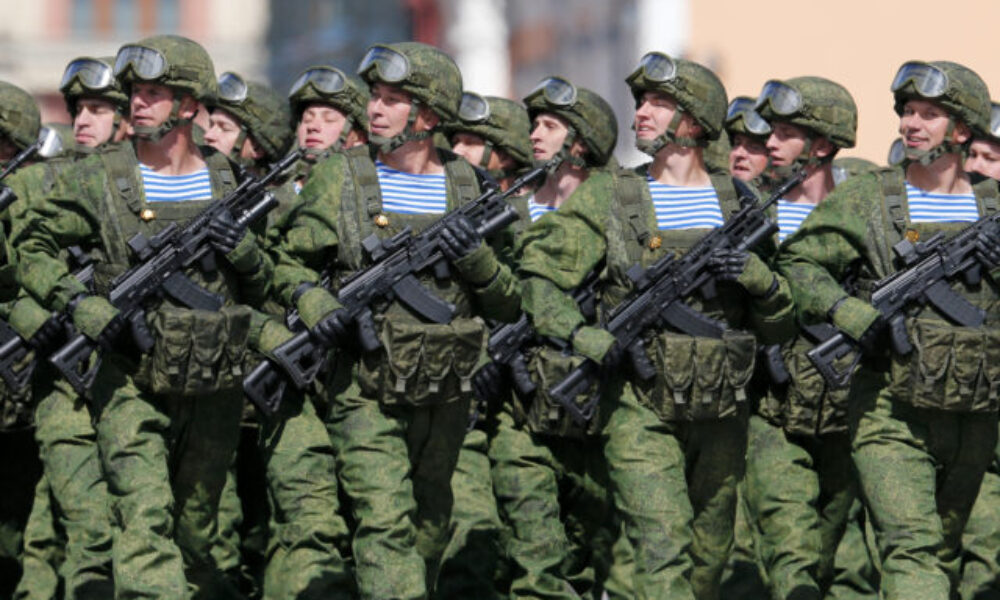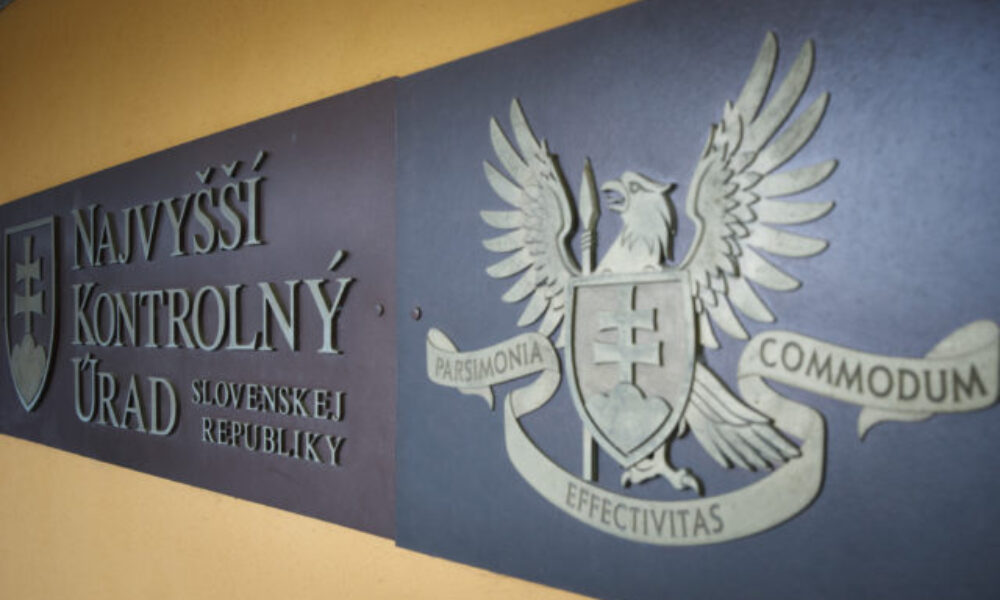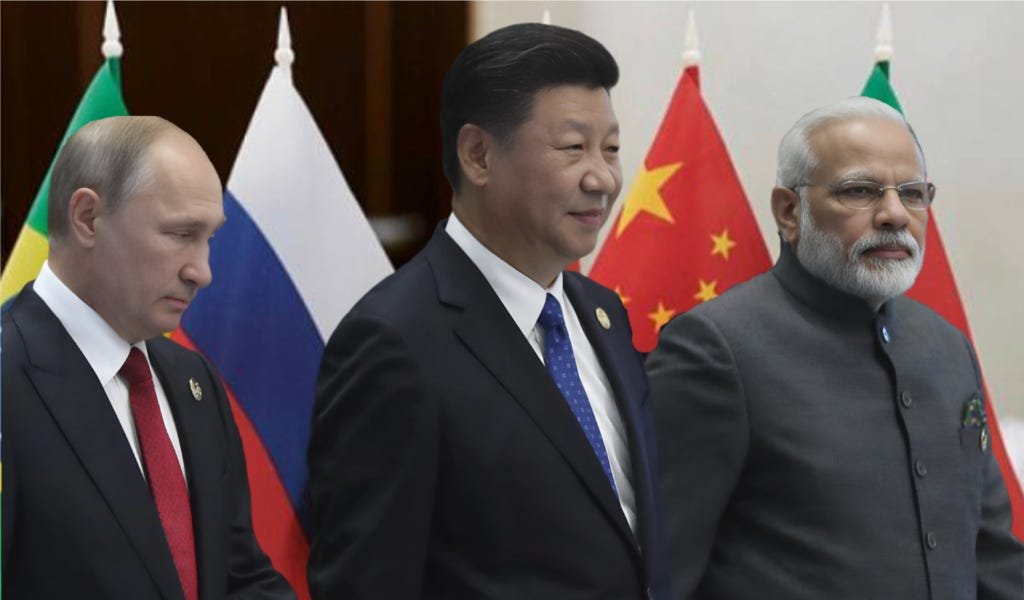
The global geopolitical landscape is currently undergoing a profound transformation, marked by a palpable shift towards a multipolar world order. At the heart of this evolving dynamic lies the Russia-India-China (RIC) trilateral format, a grouping that is increasingly seen as a crucial pillar for stability and economic rebalancing across Eurasia and beyond. Recent developments, including India’s firm response to new US tariffs and significant diplomatic breakthroughs between New Delhi and Beijing, signal a renewed impetus for this influential trio, prompting a closer look at its historical roots, current complexities, and future implications.
In a striking turn of events, India has recently found itself in the crosshairs of renewed US pressure, particularly concerning its trade relations with Russia. On July 30, US President Donald Trump announced a 25% tariff on Indian imports, coupled with an „additional penalty“ for India’s ongoing purchases of Russian military equipment and energy. Trump’s rationale behind these measures cited a „massive trade deficit“ with India, as well as India’s high tariffs and „strenuous and obnoxious non-monetary Trade Barriers“. He also explicitly linked the tariffs to India’s membership in the BRICS grouping, which he described as „anti the United States“ and an „attack on the dollar“. Trump further provocatively remarked that he didn’t care if India and Russia took their „dead economies down together“.
However, New Delhi’s response was swift and resolute. The Ministry of External Affairs affirmed that India, as a major economy, „will take all necessary measures to safeguard its national interests and economic security“. India emphasized that its imports are a „necessity compelled by the global market situation“ to ensure predictable and affordable energy costs for its consumers. Critically, India highlighted the hypocrisy of nations criticizing its trade with Russia, pointing out that the European Union had a bilateral trade of 67.5 billion euros in goods with Russia in 2024 and 17.2 billion euros in services in 2023. European imports of LNG in 2024 even reached a record 16.5 million tons. The statement also noted that the US continues to import uranium hexafluoride for its nuclear industry, palladium for its EV industry, fertilizers, and chemicals from Russia. In light of these facts, India explicitly termed the targeting of India as „unjustified and unreasonable“.
This strong diplomatic language from India directly challenged Trump’s aggressive remarks, underscoring New Delhi’s readiness for any eventuality, including increased tariffs. This is a „new India,“ now the fifth-largest economy and the largest population on the planet, and increasingly self-sustaining. The incident also saw India announce its decision not to purchase American F-35 fighter jets, demonstrating its resolve to protect national interests. As some analysts observed, Trump’s „bullying won’t work against India,“ which is „economically robust, proud and also civilizational state“. India’s firm stance is rooted in its commitment to prioritizing its national interest and strategic autonomy in a multipolar world.
Against this backdrop of heightened Western pressure, the long-dormant Russia-India-China (RIC) trilateral format has received a significant new impetus. Beijing has openly expressed its readiness to advance trilateral cooperation with Moscow and New Delhi under the RIC format, with Chinese Foreign Ministry spokesman Lin Jian stating that such cooperation „not only serves the respective interests of the three countries, but also helps uphold peace and security and progress in the region and the world“. This sentiment was echoed by Russian Deputy Foreign Minister Andrey Rudenko, who confirmed Moscow’s discussions with its partners to revive the format, emphasizing that „the absence of the RIC mechanism seems inappropriate under current global conditions“. New Delhi has also confirmed these discussions, indicating that a meeting will be worked out „in a mutually convenient manner“.
Russian Foreign Minister Sergey Lavrov further underscored the timeliness of the RIC revival, citing a recent „thaw in relations between India and China“ as a „good opportunity“ to reactivate the trilateral group. This push for RIC comes amid US-India trade tensions, reinforcing the idea that it can help New Delhi manage American tariffs and resist Western pressure. Experts from the Russian Presidential Academy of National Economy and Public Administration believe that the „prospects for the resumption and sustainable functioning of the RIC triangle appear quite realistic,“ creating a unique diplomatic platform for advancing interests and building balance in global relations.
A pivotal development facilitating the RIC revival is the recent resolution of the long-standing border dispute between India and China. At the 2024 BRICS Kazan Summit, Indian Prime Minister Narendra Modi and Chinese President Xi Jinping met officially for the first time since the 2020 border crisis, confirming an agreement to withdraw troops after more than a year of standoff. This consensus involves restoring the status quo from 2020, a crucial step towards disengagement and de-escalation at the Line of Actual Control (LAC). While it doesn’t entirely resolve the broader border issues, it is a significant move towards peace and stability.
India’s shift in its aggressive border policy is noteworthy. Previously, India had hoped to gain strong support and industrial investment, particularly in high-end chips and military equipment, by cooperating with the US „Indo-Pacific Strategy“. India also aimed to become an important part of the US „friendly shore outsourcing“ policy. However, some sources indicate that India has not gained many benefits from this alignment. Instead, India’s manufacturing industry saw a decline from 17% in 2010 to 13% in 2022, and the United States has been continuously withdrawing investment, causing pressure on the Indian stock market. Furthermore, US and Western criticism and accusations regarding alleged assassination operations against separatist forces have led India to „doubt whether the United States and the West are India’s true partners“. This realization that the US and the West are not „reliable partners“ for their own selfish interests has become a fundamental reason for India to ease relations with China on the border issue. As a result, India’s easing of tensions „marks the complete bankruptcy of the US and Western ‚Indo-Pacific Strategy‘,“ implying India will at least remain neutral if not strongly support China.
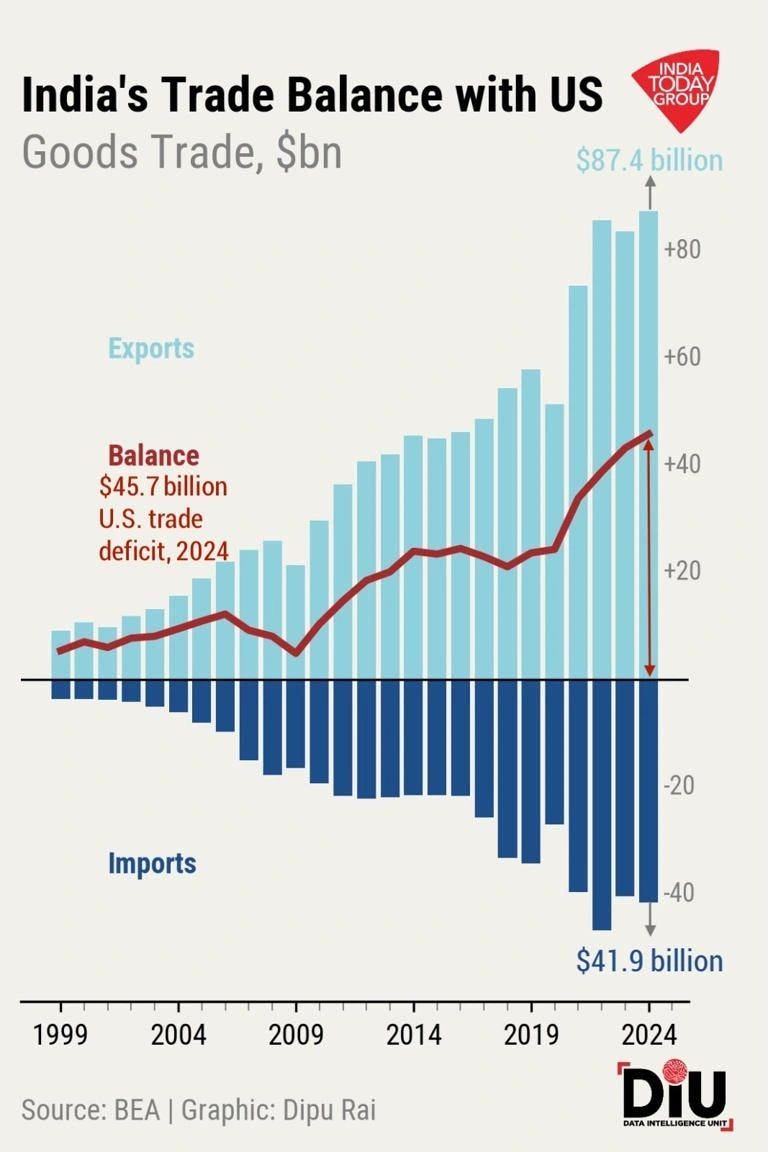
Further solidifying this diplomatic breakthrough, India and China are poised to resume direct flights after years of strained relations. This is seen as a „tangible sign of renewed trust and a willingness to cooperate,“ with significant economic potential through restored tourism and business travel. Before the “pandemic”, over 500 direct flights annually connected the two nations. This resumption also eases family reunions, academic exchanges, and cultural collaborations, building mutual understanding and regional stability.
The RIC format is not a new concept; it was first conceptualized by former Russian Prime Minister Yevgeny Primakov in the 1990s to challenge the unipolar world order established by the United States. Although initially subsumed by BRICS, the foreign ministers of Russia, India, and China have held 18 meetings in this format, with other high-level interactions, including informal leaders‘ summits at events like the G20 in Osaka in 2019 and the BRICS Summit in Kazan in 2024.
At its core, RIC promotes a multipolar global governance model, opposing unilateralism and advocating for equity and reforms in global institutions. The three countries, all nuclear powers and with Russia and China as permanent members of the UN Security Council, occupy over 19% of the global landmass, making them strategically significant. They are also founding members of BRICS, the G20, and the Shanghai Cooperation Organization (SCO).
India’s Strategic Balancing Act: India’s foreign policy is characterized by „multi-alignment“ and „strategic agility“ in a polarized world. It engages with the QUAD (US, Japan, Australia) for maritime security, technological cooperation, and regional deterrence, while simultaneously participating in BRICS (China, Russia, and other emerging economies) to push for economic reforms, digital sovereignty, and development financing. This approach allows India to maintain „strategic autonomy“ while benefiting from both blocs.
Economically, India is among the fastest-growing large economies, with the IMF projecting GDP growth rates between 6.5-7% for 2025-2026. Its growth is driven by infrastructure investments, manufacturing expansion, strong service sectors, and favorable demographics. India is a significant demand driver for commodities like energy, coal, and steel. While India’s ties with Washington are crucial for its growth and developmental goals, it actively seeks other partnerships to reduce over-dependence on any single country and balance its external relations.
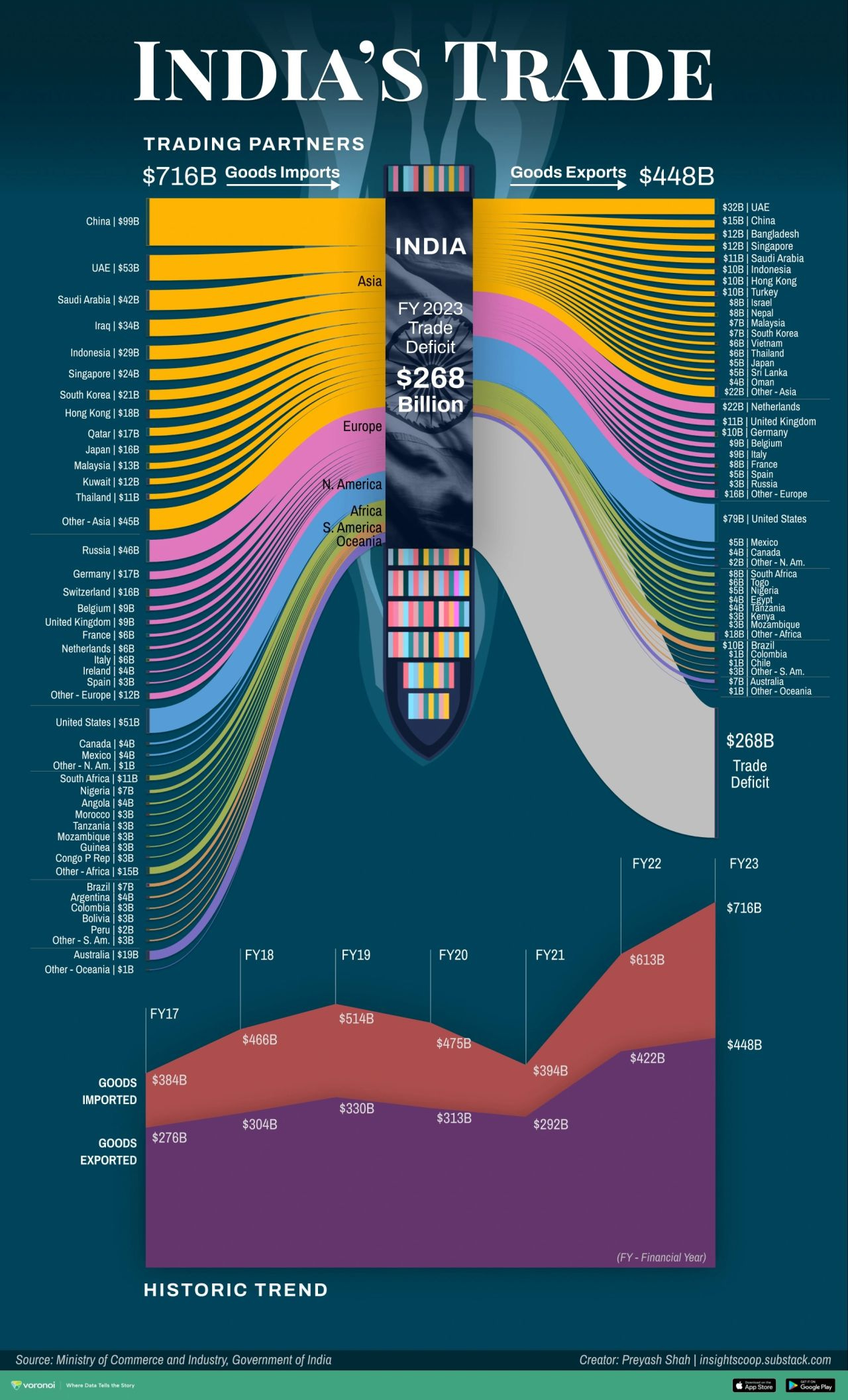
Despite political tensions and border clashes, China has emerged as India’s largest trading partner for FY 2023-24, with $118.4 billion in two-way commerce. India’s exports to China rose by 8.7% to $16.67 billion, driven by iron ore, cotton textiles, handlooms, spices, fruits, vegetables, and plastics. However, imports from China surged by 3.24% to $101.7 billion, resulting in a widening trade deficit of $85.09 billion. Conversely, India’s trade with the US in the same fiscal year saw exports dip by 1.32% to $77.5 billion and imports decline by 20% to $40.8 billion, leading to an expanded trade surplus of $36.74 billion for India. India is also „encouraging the use of its national currency in payment transactions with select countries,“ with a significant portion of India-Russia trade settled via a rupee-ruble mechanism. Reports suggest India is easing rules on Chinese investments, potentially allowing up to 24% stakes in Indian firms without security clearance, signaling a shift towards economic pragmatism.
China’s Economic Might and Global Ambitions: China remains the world’s second-largest economy and a dominant force in global manufacturing, trade, and investment. Its GDP growth for 2025 is expected to be around 4-4.5%. China plays a critical role in global supply chains and commodities demand. Beijing is actively working to promote multipolarity and strengthen strategic links in Asia.
A key aspect of China’s global strategy is the internationalization of the Yuan. China has signed agreements for mutual exchange of national currencies with neighboring countries like Mongolia, Vietnam, Myanmar, and Nepal, and it’s increasingly used in trade with Russia, the Philippines, and South Korea. Hong Kong, London, and Paris have become significant offshore Yuan markets. China has also entered into currency swap agreements with Brazil and the European Central Bank to reduce dependence on dollar reserves. In 2016, the Yuan was included in the IMF’s Special Drawing Right (SDR) calculation, and in 2018, the Shanghai International Energy Exchange launched Yuan-denominated oil futures („Shanghai Oil“), challenging established benchmarks like WTI and Brent. China has also developed the Cross-border Interbank Payment System (CIPS) as an alternative to SWIFT, joined by countries like Iran. Within BRICS, China sees an opportunity to limit US dominance by increasing the Yuan’s share in interstate settlements and supporting alternative financial institutions like the New Development Bank (NDB) and Asian Infrastructure Investment Bank (AIIB). India is the second-largest shareholder in AIIB and the largest recipient of AIIB funding ($12 billion), and the second-largest beneficiary of NDB loans ($7.5 billion).
China also shares core geopolitical interests with India in resisting Western dominance and rejecting unilateral sanctions. Beijing has deepened its „no-limits“ partnership with Moscow.
Russia’s Eurasian Reorientation: Russia’s economy is heavily reliant on energy exports and faces ongoing pressure from Western sanctions following the Ukraine conflict. Its prospective growth for 2025-2027 is slower, projected at 1.3-1.6%. Consequently, Russia is actively shifting its trade focus towards Asian markets, particularly China and India, to diversify away from Western dependence. Russia aims to strengthen its strategic links in Asia and use the RIC format as a stabilizing factor amid international relations transformation.
Russia has actively pursued de-dollarization in its trade relations, particularly with China. In June 2019, Russia and China signed an agreement to develop mutual trade and financial transactions using their national currencies, the ruble and the yuan. In 2019, trade turnover between Russia and China reached $109.7 billion, with fuel and energy products forming the bulk of Chinese imports from Russia. Russia has become one of the largest oil suppliers to China, with its share in China’s oil imports reaching 15.4% in 2019. Russia also supplied 32.2 million tons of coal to China in 2019. While less dynamic economically, Russia’s significant resource potential, holding 22% of the world’s total natural resources and ranking first in value at $75.7 trillion, ensures its continued significance. Russia also possesses the second most powerful army globally.
However, Russia’s continued engagement with Pakistan and India’s active participation in the Quad (an anti-China grouping) remain points of contention that complicate full RIC cohesion. Some analysts think that Moscow views India as a „missing piece“ in its multipolar dream and seeks to woo India away from the West.
Despite the renewed momentum, the RIC format faces a complex web of challenges:
-
Persistent India-China Border Disputes: While a recent agreement was reached, deep-rooted issues and a lack of trust between New Delhi and Beijing remain a challenge. China’s historical support for Pakistan in its confrontation with India also complicates relations.
-
India’s Western Ties: India’s growing engagement with the West, particularly its role in the Quad, creates a delicate balancing act for its strategic autonomy within RIC.
-
Russia-China Alignment Concerns: Russia’s deepening closeness with China in the wake of the Ukraine conflict raises concerns in India about the impartiality of the RIC platform and potential imbalance.
-
Trade Imbalances and Divergent Policies: Disparate trade policies, customs procedures, and intellectual property regimes hinder intra-RIC trade, which remains modest compared to BRICS’s total trade volumes. India’s balance of payments with both China and Russia is „very unfavorable“.
-
Digital Governance Frameworks: India’s data localization mandates clash with China’s state-controlled internet regulations, limiting cross-border digital trade.
-
Military Mistrust: RIC members are not yet ready for „substantial military exercises between them without significant distrust“.
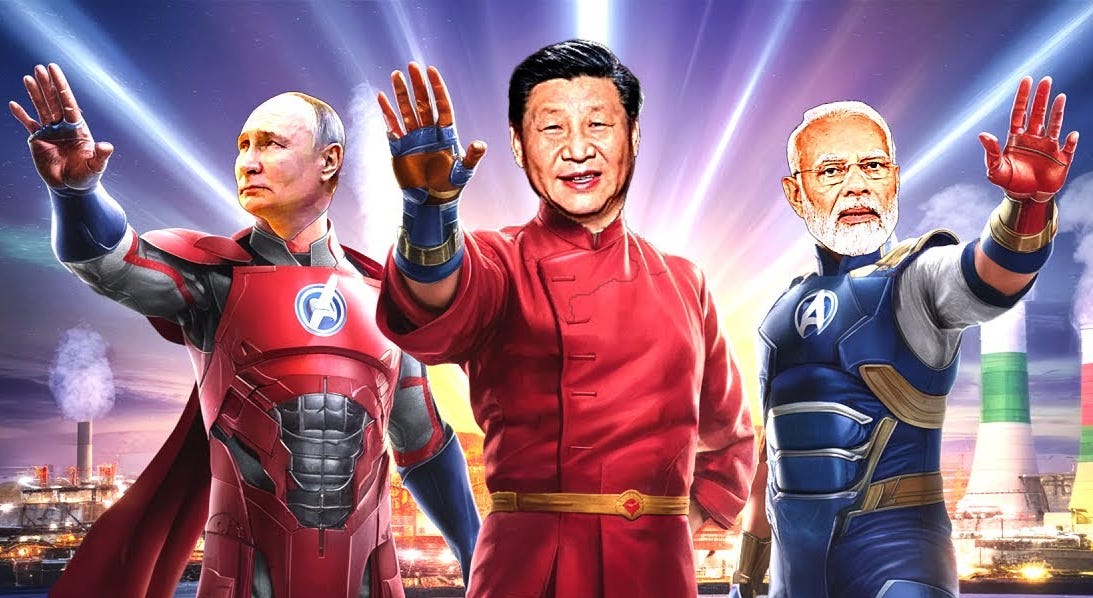
Nevertheless, the opportunities for strengthening RIC are substantial, especially in fostering a more multipolar world:
-
Economic Cooperation: Key areas include logistics, energy, technology, and settlements in national currencies. Expanding domestic business into BRICS markets and strengthening intra-BRICS trade and investment are crucial. The NDB and AIIB offer avenues for development financing and a counterbalance to Western-led financial institutions.
-
De-dollarization: The push to use national currencies in trade (e.g., rupee-ruble, ruble-yuan) and develop alternative payment systems like CIPS directly challenges dollar dominance.
-
Digital Interoperability: India’s UPI and China’s Alipay could facilitate cross-border transactions, and initiatives like the BRICS internet cable can enhance digital infrastructure and cybersecurity.
-
Technological Collaboration: Joint research in green energy, quantum computing, AI, and traditional industries is a priority. The BRICS Space Council facilitates satellite data sharing for disaster response and climate monitoring.
-
Humanitarian and Cultural Ties: Simplifying visa regimes, expanding academic exchange programs, cultural initiatives, and youth empowerment can foster deeper societal ties.
-
Climate Action: The BRICS Climate Finance Framework aims to pool resources and expertise, leveraging China’s green technology leadership, India’s solar power initiatives, and Russia’s natural resources.
-
Global Governance Reform: The RIC can collectively advocate for greater influence in international institutions, promoting the voice and interests of the Global South. China’s support for India’s bid for a „greater role“ in a reformed UN Security Council at the 2025 BRICS Summit further highlights this convergence.
The revival of the RIC format is a critical step towards reinforcing the strategic core of the broader BRICS+ framework, which has expanded to include new members like Indonesia and 12 partner nations, representing over 40% of the global population and 37.3% of global GDP. For BRICS+ to mature into a more coordinated and credible geopolitical force, the RIC trio must overcome its divisions and commit to collective progress.
The future of BRICS+ „hinges on Russia, India, and China’s capacity to overcome their divisions and remain committed to collective progress“. By harmonizing trade policies, digital systems, and innovation agendas, the RIC nations can solidify their role as the nucleus of a more inclusive, multipolar world order that truly reflects the aspirations of the Global South. India’s strategic autonomy, coupled with the immense economic and demographic weight of China and Russia, positions the trilateral as a significant force that can shape, rather than merely react to, the evolving global order. As the world continues to reshape, the renewed vigor of the Russia-India-China trilateral will undoubtedly be a key area to watch for its profound geopolitical and economic implications.







